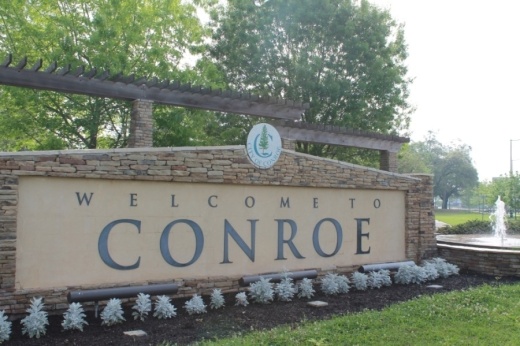During a workshop meeting July 13, two reports were given during a presentation to Conroe City Council of the transformation of the Walter P. Jett building into a performing arts center, which members of local performing arts group spoke in support of.
“The vision is to create a space of place for our visual performing arts,” Downtown Manager Frank Robinson said during the workshop.
Robinson spoke of the possibilities the Conroe Visual and Performing Arts center has. According to Robinson, the construction of this center would allow for the city of Conroe to be a destination for Broadway touring performances.
Members of the Conroe Symphony as well as members from other various community performing arts groups attended the meeting to voice their hopes for the new performing arts building.
“Having a performing arts center would not only give [Montgomery County Choral Society] its first permanent home in 50 years and the space to continue to grow both our membership and our audience, but it would allow for more collaborative efforts with other arts organizations in the area, which is very prohibited at this time,” said Maggie McInnis, the music librarian for the Montgomery County Choral Society board of directors, during the meeting.
According previous reporting by Community Impact Newspaper, Precinct 3 Commissioner James Noack said during a June 28 Montgomery County Commissioners Court meeting that the county has discussed using the current building the Conroe Symphony leases for county matters. He said he encouraged the symphony to think about finding another place.
Pete Garrett—the lead architect on the performing arts center project with firm Studio Red—led the council through two architectural feasibility reports, showing two different design options for the performing arts center. Studio Red was named the architect for the project in October.
According to Garrett, one report identified a full performing arts center that would support both touring groups and performing arts groups within the county, which would require over 250,000 square feet of space whereas the original elementary school is estimated to be 70,000 square feet of space. The report also shows the theater will consist of an estimated 2,000 seats for a larger option.
A second report was presented as a reduced version of the first, which would reduce the facility to a 1,600-seat theater and downsize other areas as well.
The approximate cost, according to Garrett, is estimated to be $190 million for the 2,000-seat option for $70 million for the downsized 1,600-seat option. Both reports do not include the parking garage.
“I think the city did a fantastic job acquiring that building,” Garrett said.
According to Robinson, the staff hopes after the presentation the council will establish a budget, create a committee of citizens and add additional consultants to the project as well as feedback and direction.





